THE HAGUE, 16 June — On Thursday I asked a few Facebook Friends a question about art. It’s now Saturday, 48 hours later, and the wave of replies has subsided, so it seems like a good time to hit the “publish” button. I hope I didn’t lose anyone in my messy FB message box; I think I found them all.
As you’ll see, it is a diverse and inspiring set of responses. I’m overwhelmed by everyone’s thoughtfulness. Thank you so much to everyone who was able to participate.
I’ll ask another The Facebook Says question in a month. If we’re not “friends” on FB and you’d like to participate, you’re welcome to friend me:
• facebook.com/vaneeesa
What is “Art” in the 21st century? And is that any different than it was in the 20th century?
For each response below, you can click on anyone’s FB profile pix to see it full size.
Also, at the bottom of this long post is a “thumbnail gallery,” if you click one of those you’ll enter “slide show” mode and can use arrow keys to scroll through all the FB images.
• up to top • down to comments •
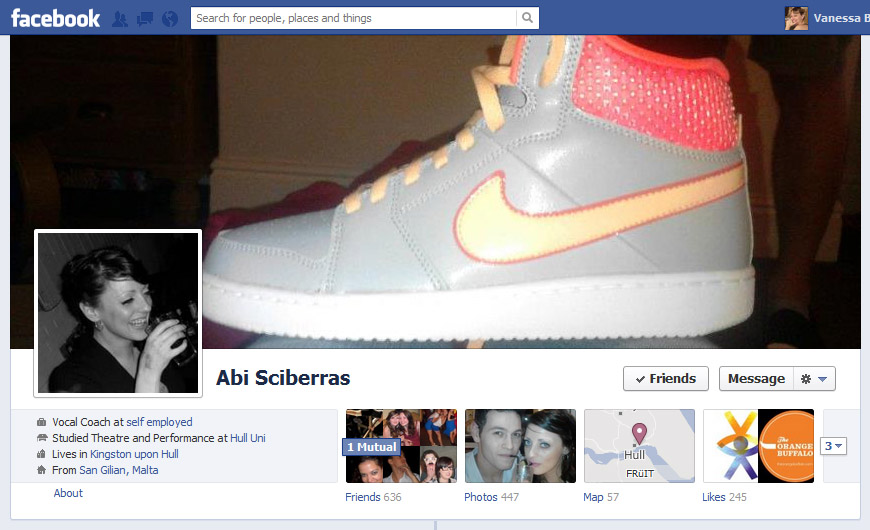
ABI SCIBERRAS
Hi Vaneesa
In my opinion, Art has evolved and has become much more conceptual, there is more emphasis on the “why” rather than the “how”. Censorship is receding in the Western world so artists are able to push boundaries more now than in the 20th century. It is now acceptable to “shock” and artists are able to explore the taboo and the obscene in ways that society would never have accepted in the 20th century, particularly in the earlier part of it. Non-conformist art is now as prevalent as traditional art, if not more so. Also, with the advancement of technologies and digital media, artists now have a much larger range of tools for expression, and software has made almost anything possible.
Thanks for including me in your research, hope that’s of use to you
Abi
x
• up to top • down to comments •
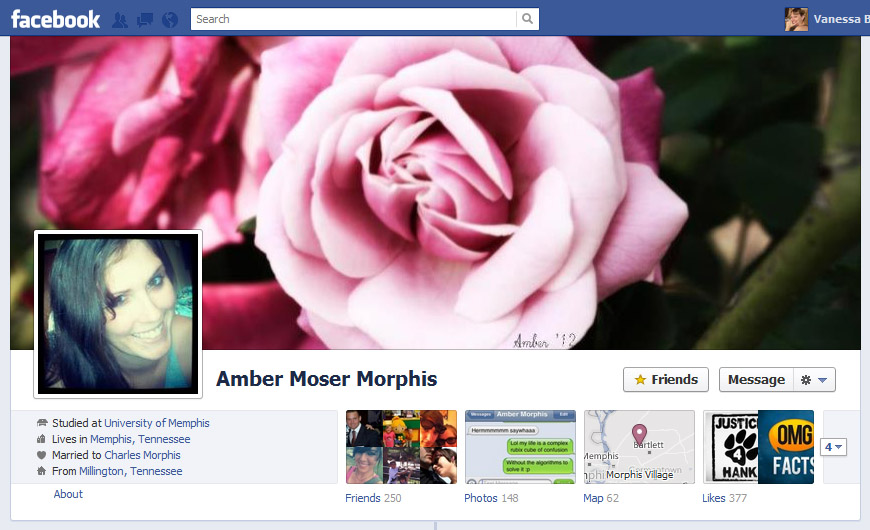
AMBER MOSER MORPHIS
Hello!
To me it’s anything that used a creative mind. I don’t think it’s changed, but I think peoples perceptions of what art is may be changing. To me, I see what you do as art, my painting, music, landscaping, writing. I think art can be found in anything, you just have to look for it
• up to top • down to comments •
I do know that anything that can be described as art is, rather than following the modern model, challenging the value systems of that world.
Structures, including political beliefs, religion, economic organization and cultural capitals that were necessitated by centralised culture are challenged by information technologies.
If I may allude to an analogy (an awkward one because of its relationship to comparably simple technological and cultural events); while William-Adolphe Bouguereau was receiving critical and financial acclaim, there were parallel developments in art that ultimately became the modern canon. Post-impressionism and all that followed were by no means ignored, but the cultural community had invested heavily in the institutions and collections that had made their careers.
Today, there is a parallel on-line cultural community that uses that medium to express the present, however the majority have invested in the modern. Ultimately in art, to paraphrase Lyotard, anything that is not communicated electronically will be abandoned and art objects will exist only because of or through a direct relationship to the language of the communications technologies.
• up to top • down to comments •
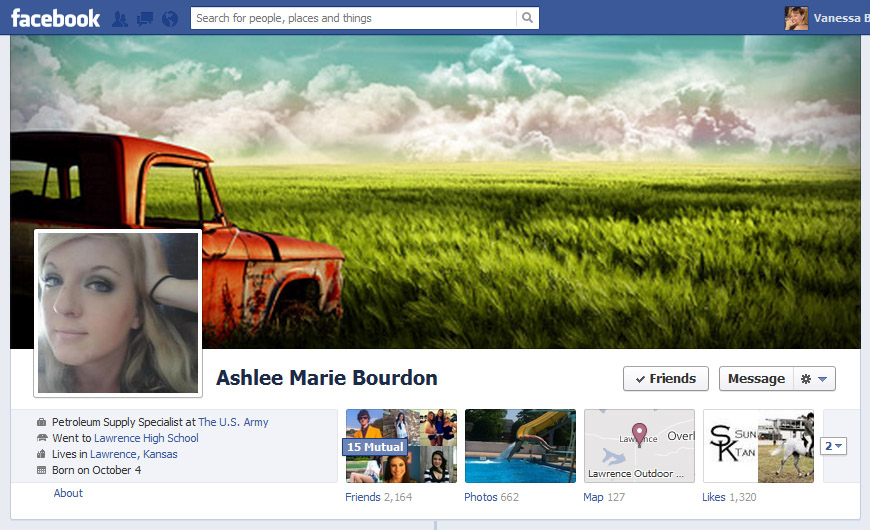
ASHLEE MARIE BOURDON
I feel like art has evolved into a modern epidemic and is not taken as literal as it was before. almost as if people no longer matter and subjects actually do.
• up to top • down to comments •
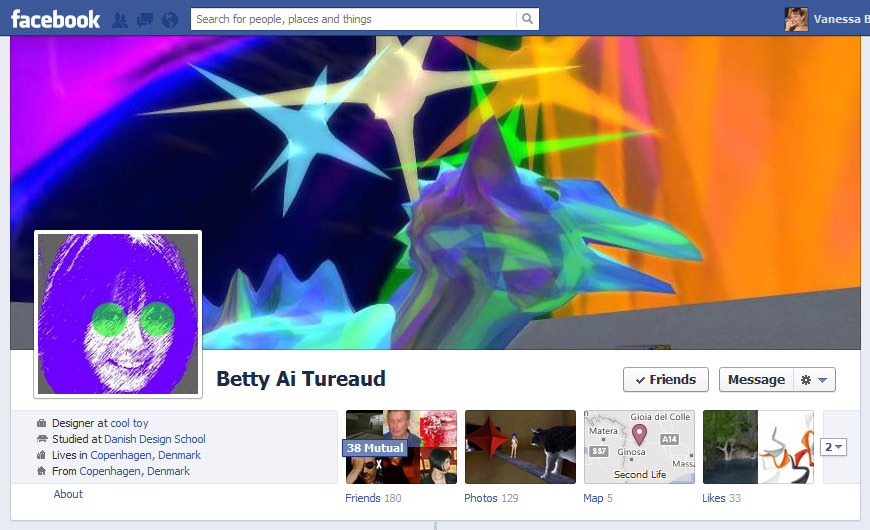
BETTY AI TUREAUD
http://wiki.answers.com/Q/Art_movements_in_20th_to_21st_century
HA HA lets go Google its an artform lol
• up to top • down to comments •
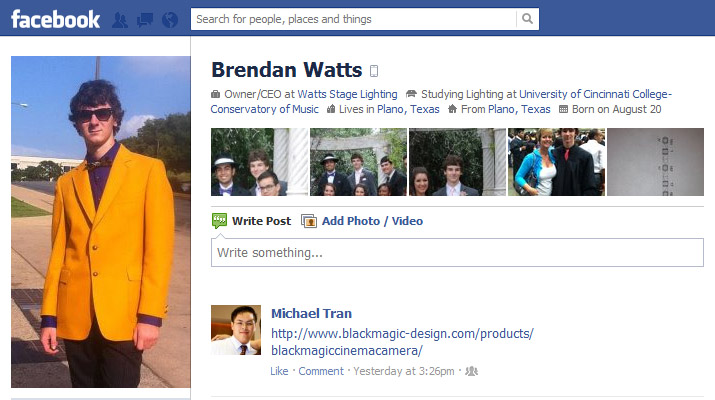
BRENDAN WATTS
Art is something that expresses emotions and makes someone think. Usually art is something that is an “out of the box” idea. But really anything can be considered a form of art.
• up to top • down to comments •
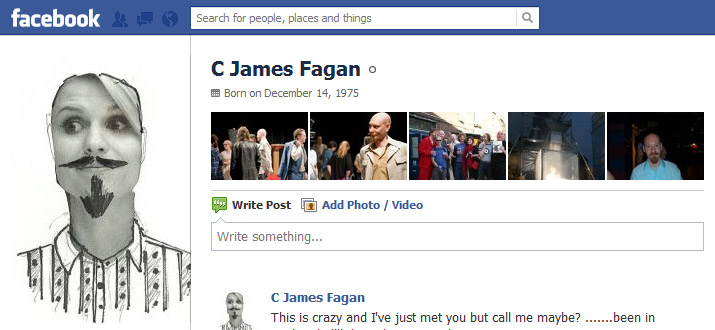
C JAMES FAGAN
Vaneeesa
Well, someone once told me that Art is whatever you can get away with or it’s something that other people let you get away with.
In general art in the 21st century is the same as it ever was. Defined by its makers, its commodification, by critics and the people who put it in galleries. Of course it still relies on an audience to view it …..
It’s difficult to say if 21st century art is different to 20th century art as its part of a continuum. Cop out I know, but we’re still dealing with the issues of the 20th century. As always the one thing that changes is the means of production, from canvas to body to video to whatever.
Art in the 21st century still reflects the world in which it was created.
C.James Fagan
• up to top • down to comments •
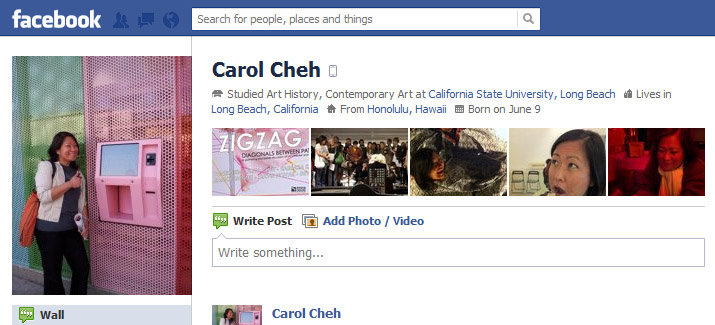
CAROL CHEH
In the 21st century, everything has already gone before, and anything goes moving forward.
• up to top • down to comments •

CATHERINE DALY
I’m not sure if I can babble towards a definition, but I do think that art now is different than art then.
more critics have less power — or perhaps only function as pr —
with the rise of educated (MFA, PhD) artists, there is increasing recognition that not everything artists make… is art…
I do think as the legacy of Duchamp and Performance Artists continues to be reinterpreted, that art and artists interact with the world in new and fresh ways
All best,
Catherine Daly
• up to top • down to comments •
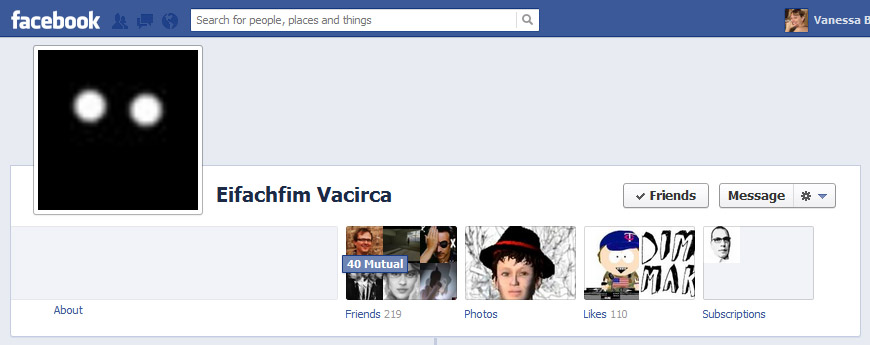
EIFACHFIM VACIRCA
art is random in 21st. in 20th it was social
• up to top • down to comments •
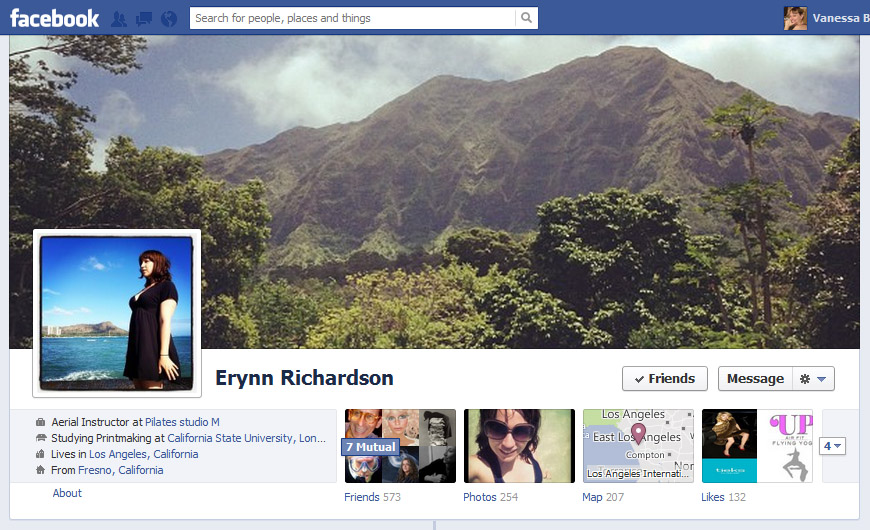
ERYNN RICHARDSON
well, for me, art in the 21 century is seeking to address issues that have since been pointed out in 20th century art. The 20th century saw the transition from Modernism to Post-Modernism. With that said, it is becoming clear that we are no longer in the era of POMO.
Our POMO, the western POMO, cannot be global. POMO was a reaction to modernism, our modernism, and therefore only applies to us. Our POMO doesn’t take other non-western culture’s experience of Modernism into account. This is problematic because our culture is becoming a global culture and it is presumptuous of us to impose our POMO onto the world.
This is where the idea of Ultra-Modernism comes into play. Ultra-Modernism attempts to recognize the fact that each culture experiences a different Modernism (and some have yet to experience one at all) as well as addresses the fact that cultures in general are becoming more connected and more influenced by one another.
• up to top • down to comments •
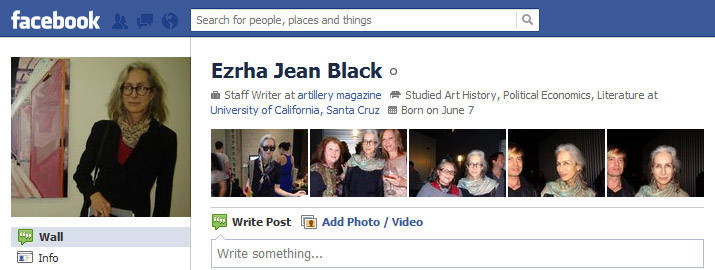
EZRHA JEAN BLACK
Short answer: (1) it varies. (2) no — no different than it was in the 20th century. Finally — why are you asking a question like this? It’s so broad and so abstract as to be almost meaningless. If you need further ideas, you might consult MY former (no longer published) blog, AWOL-art without limits, or the pages of Artillery Magazine. cheers — ezrha jean
• up to top • down to comments •
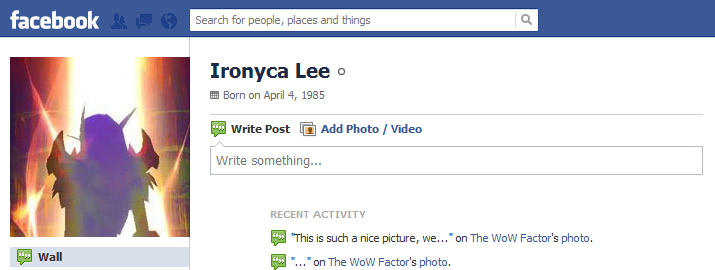
IRONYCA LEE
You’re asking an amateur 😀
I would struggle to pin down a demarcation line between the two centuries.
What would be new?
Of course one of the things that come to mind, especially because I’m now replying over FB, is technology and how it enters the realm of art.
• up to top • down to comments •
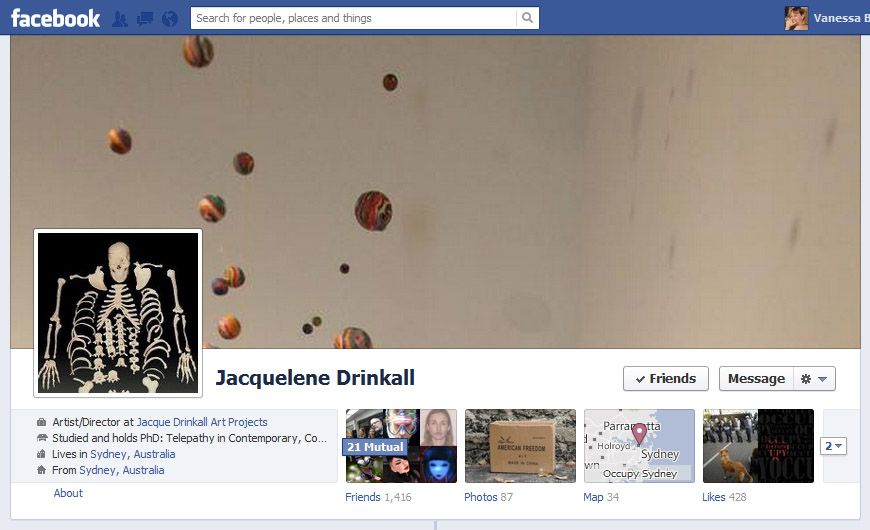
JACQUELENE DRINKALL
Good question Vanessa!!! Im not absolutely sure what art is. The mystery, aura and magic is what holds me, even though this sometimes gets in the way of other arguably more important messages.
Art is a ‘high telepathy’ last century, this century and before and after. The artist puts their ideas into the artwork and the viewer reads these thoughts, and also shares their own thoughts via this object. The artwork is transformed by the viewers thought, reception, and perception. This century the telepathic art mediums are increasing interchangeable, interconnected and internet mediated.
Jxxx
• up to top • down to comments •

JENNIFER DELANO
art is a free creative expression which is obviously not possible to express by everyone and that is why it is called ‘art’
• up to top • down to comments •
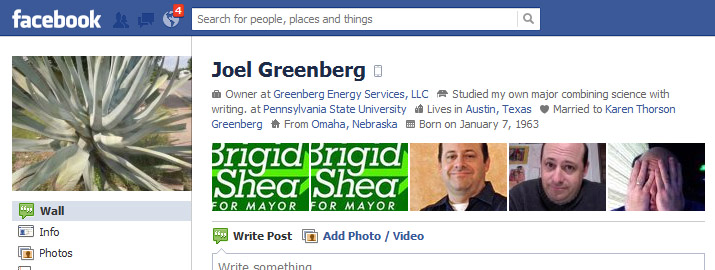
JOEL GREENBERG
Art is human inspiration and point of view expressed through a medium. Its purpose is to communicate with or touch others. What’s different between the two centuries are the mediums available for expression and the social, cultural, political, etc. context “artists” find themselves in.
• up to top • down to comments •
Woah, good question. I’m seeing the art establishment slowly embracing what was previously known as “underground” or “street art.” I’m also seeing more branching out of art genres/movements as our technology expands at exponential rates.
I think it’s still too early to fully be aware (or at least for me to articulate) the differences between art in the 20th and 21st centuries. However, I will say that the most significant art movements in the 20th century were a response to our two world wars and the increasingly technological world, and we have quite a few major changes taking place right now (Arab Spring, the next “Singularity”).
I hope this helps!
• up to top • down to comments •
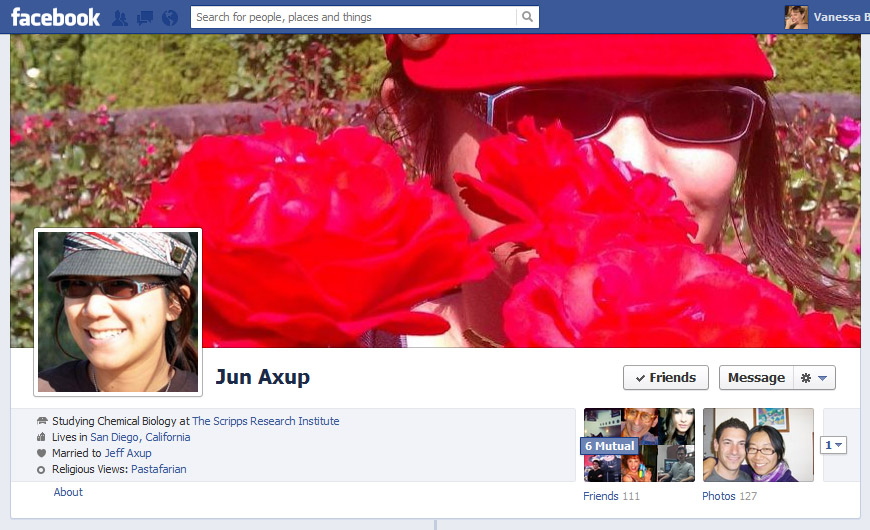
JUN AXUP
Hmm.. I obviously think about this question a lot less than you…
I would say that art in general tends to be on the edge of what is normal. Good and memorable art tends to be unusual either by bringing forth a new idea or just presents beauty in a new way (ie digital).
Not that I consider most memes as art, but I think they share some similar properties these days. A meme often present a familiar message in a different way or is mesmerizing by itself due to the technology.
I think one difference between 21st century and 20th is that everyone shares a lot more art than before. Look at Instagram and Pinterest. People love sharing their photos. Most are not so good, but yet people value what art is and recognize art when they see it.
~Jun
• up to top • down to comments •
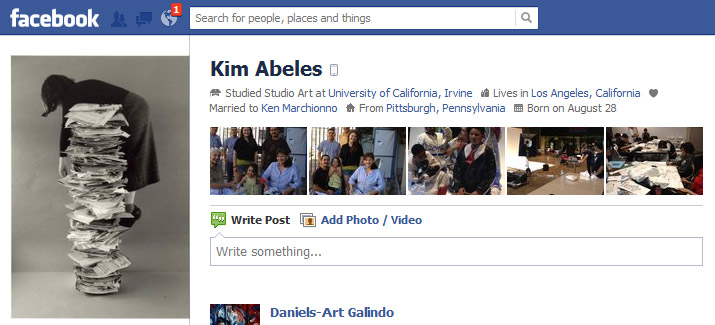
KIM ABELES
yeah, very progressed. there are 2 blocks of society: back-years and now. Money is the big issue that divides most of us and that changes the art and generally social dialogues. The art world is divided into many thoughts of importance and these are financially and culturally divided. Too bad cuz the cool forward thinking is ALL GROUPS FORWRD, age and otherwise, rich and working class moving in a fun forward and economically easy motion.
• up to top • down to comments •
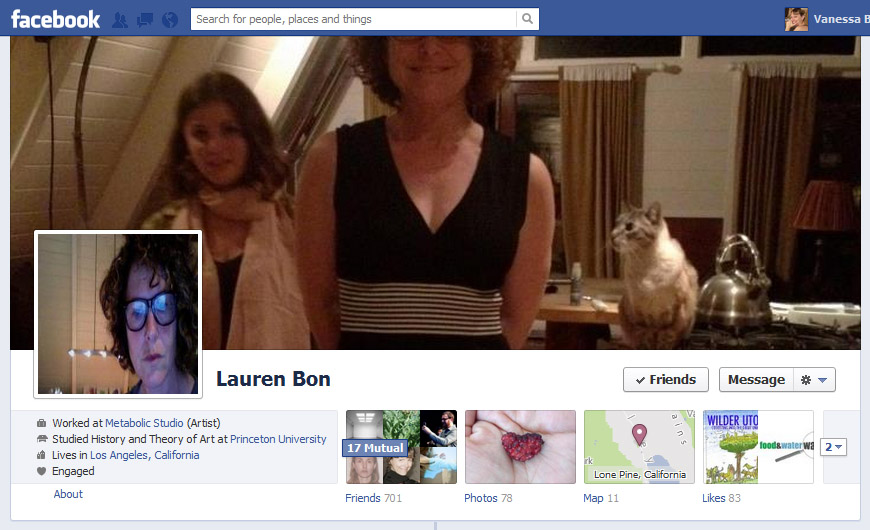
LAUREN BON
Another way to say this is how does the passage of time define art and the question may be what is time to us in art experience other then a sentimental attachment?
• up to top • down to comments •

LILIAN TILMANS
art in the 20 century was all i knew , paintings, statues, film photography music theatre centuries and centuries full of it
art in 21 is all what can be done: 20 century plus a whole new world
meaning a virtual world has been added where all is possible, magic in a way and just as fascinating
AND internet connecting the world so all art, rl or rl2 can be shared
art and interaction is also 21 century for me.
• up to top • down to comments •
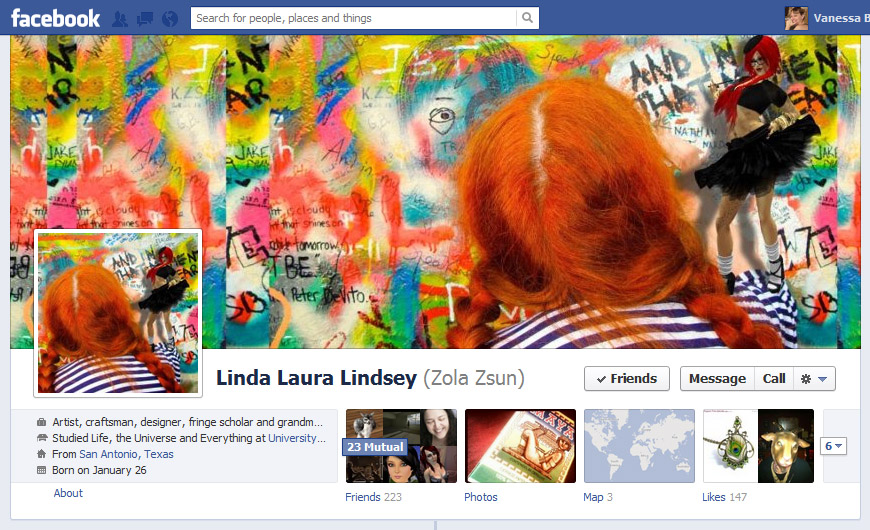
LINDA LAURA LINDSEY
What is art in the 21st century? Here is where the word came from:
early 13c., “skill as a result of learning or practice,” from O.Fr. art (10c.), from L. artem (nom. ars) “work of art; practical skill; a business, craft,” from PIE *ar-ti- (cf. Skt. rtih “manner, mode;” Gk. arti”just,” artios “complete, suitable,” artizein “to prepare;” L. artus “joint;” Armenian arnam “make;” Ger. art “manner, mode”), from root *ar- “fit together, join” (see arm (1)).
This is the first time I looked up the etymology of this word. But I got information I expected. The word derives from references to skill and practicality.
But it has come to mean different things to different people. I consider anything (including behavior, visual, aural etc etc etc) created by anyone using their imagination, skill, and creative abilities (which we all have).
I have observed in my 6 decades of life, a major trend when it comes to defining “art.” Art seems to have come to mean something that is completely useless except for its aesthetics and its provocative and evocative characteristics. Therefore, in the area of “Fine Art” we must create a myth of the importance and value of any piece in order to make it valuable. The result of this practical necessity seems to be an elitist hierarchical caste system within any art community. It is rather amusing to observe, actually. What is not amusing to me is the devaluation of art forms such as folk art or creative endeavors by those not formally trained.
All humans are born artists. The human mind is made to create. Civilization then beats the knowledge of our own great creativity out of us so we can be told what is “good” art. Fortunately, some of us resist this process. Unfortunately, many who do so are labeled and diagnosed as mentally ill because as we hold on to our creative selves, it is more difficult for some to develop the arbitrarily chosen skills needed to survive in the cultures humans have created.
So. Art in the 21st century is like art in all centuries, but we have many many more choices of mediums with which to create. And, trust me, I am having a blast!
• up to top • down to comments •
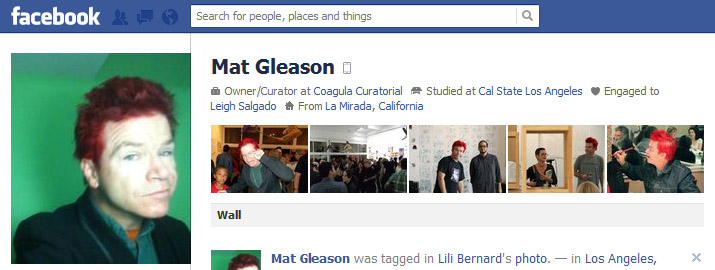
MAT GLEASON
Art in the 21st century is the substitute for religion of mercantile rationalists. In the 20th century Art had a few attachments to spirituality that have sadly been extinguished.
• up to top • down to comments •
Here are my thoughts, for what they’re worth:
I think the definition of art has broadened out a lot in the past decade or so. One thing I think is worth noting is that I think it has come down from the pedestal of “high culture” a bit, and become more democratic — not all art, of course, but a subset of it. I think we’re seeing a continuation of the shift from purely object-based, gallery-centred stuff into more performative, interactive types of art that directly involve “the public”. I’m thinking of interactionist/neo-situationist type works. I also reckon there is a stronger overlap between certain types of art, and strands of activism; an embedded political element, albeit often with a playful or fun approach, rather than being didactic.
Of course this stuff I’m trying to describe is not exclusive to this century, the seeds were laid many decades ago, but I think this type of work is becoming more widely and publicly accepted as “art” – work that has elements of play or performance, direct public involvement, pop culture or craft elements rather than “highbrow” art, and which may take place at least partially outside the traditional gallery space — e.g. in public space, or the virtual realm. I should qualify this by saying again that all this stuff is not exclusive to this century, but I think what is new is that it’s now being more widely accepted as being “art”.
It’s funny that this type of art (interventionist/neo-situationist, or whatever you want to call it) often becomes a target of ridicule from right-wing/conservative political commentators, or at least it does here in Australia, especially if it gets funding from the public purse — this strikes me as kinda odd, since it’s got a strongly participatory and democratic undercurrent, the very opposite of the so-called “elitist” contemporary art that some right-wing commentators love to tear down.
That was a total ramble, and way too long I suspect. Anyway, that’s my two cents, for what it’s worth. Love to see a link to your project when done. Thanks for the chance to take part.
Meg Mundell, author and journalist, Melbourne, Australia
• up to top • down to comments •
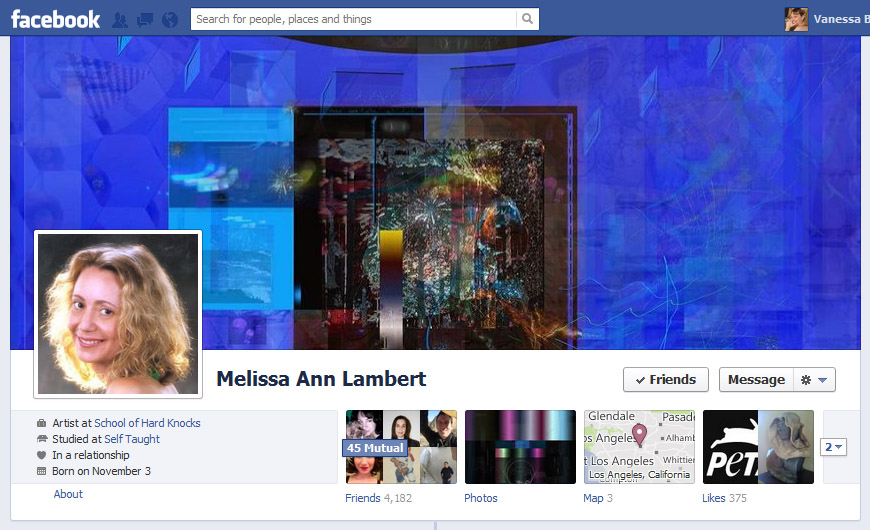
MELISSA ANN LAMBERT
Well Digital Art is my main focus. It’s been around for around 30 years now, but only recently has it “come into it’s own.” Let me share with you some thoughts that have been written re: this:
Please scroll dow to see what Peter Frank and others have written on this subject and thanks!
http://www.melissaannlambert.com/18.html
• up to top • down to comments •
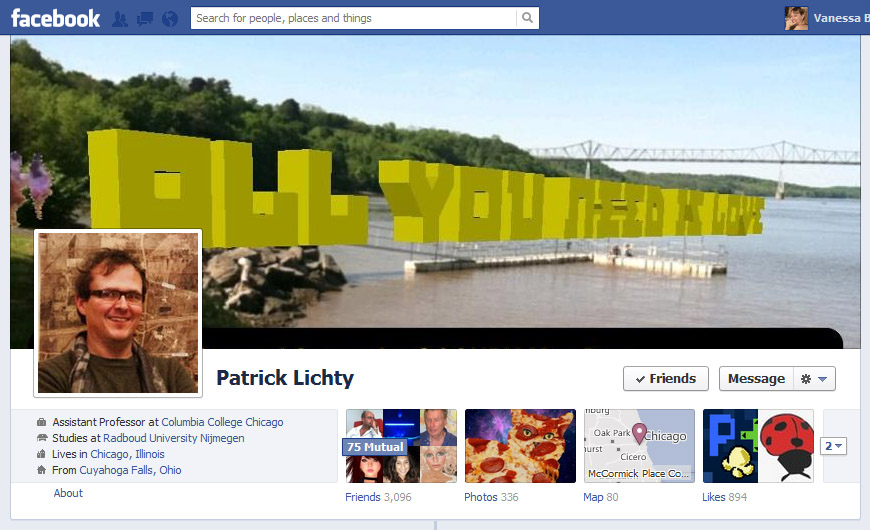
PATRICK LICHTY
What is art in the 21st Century?
At the risk of sounding brusque or curmudgeonly, I have always felt that asking what art has been my bane ever since art school, because there’s really no clear cut answer. People often ask that question in order to plumb the shape of culture at a given time, or in order to “know what art is” so they know what to make. But perhaps I am a bit cynical.
I find that art is a set of cultural and aesthetic practices that have many categories and cultural functions. It is driven by position, context, history, community – all these things. It is a dim mirror for the human condition, and an early indicator of trends in culture.
There are many kinds of art and corresponding cultural functions for these forms. There are the independents, of whom Gregory Sholette states constitute the “dark matter” of the art world; there are the artists who do it for therapy, there are décor artists like Max and Kinkaide, there are art fair artists, there are ones who do it for the joy of making art.
I think the most interesting ones are the sort who knowledgeably tries to move the art historical discourse forward through experimentation and challenge of the cultural norms. To me this is what can be considered as the current state of the ‘avant’ and the real drivers of the art conversation. The reason why I couch myself in these terms is that in many media, and especially electronic media, there is such seduction for the technology that because of its novelty or beauty, artists often feel what they make is groundbreaking only to find that fifty are doing it on deviantart. In my opinion, some of the best work questions form and practice, and springboards from historical frames. This is my biggest problem with communities that use technologies like Bryce, Poser, and Second Life, as it is relatively easy to do work that “looks like art” when they are saying nothing new. New Media does not necessarily mean new ideas. On the other hand, there are artists like Cao Fei, and Gazira Babeli, in Second Life who pushed distinctive aspects of the medium in its Golden Age (2006-2008), to paraphrase Antin. To go further into this is an essay into itself.
Another aspect of the question of “What is Art?” is really another question altogether, and that is “What is HIGH Art?”, which is the art that gets into Art in America and Flash Art and the museums, and that is a very specific question. This is the question that is often asked when people ask, “What is Art?”, which actually translates to “What kind of art gets recognized by the art world establishment?”. This is where we get to the foundations of the matter – are you making art because you love making, or do you want to be an art star?
In the latter case, High Art is the locus of an ecosystem of power, money, fashion, and history driven by curators, critics, collectors, museums, and other institutions. It is a circuit of power, money and influence that has begun to resemble the current milieu in the early to mid 20th Century, especially through figures like Peggy Guggenheim, Jackson Pollack, and the New York scene of the 50’s. The problem with this is that is reduces the question of what art is to being what curators, collectors, and critics accept as art through the system of taste and desire that are currently defined. This is far from a clear definition, but a Cleveland gallerist, William Busta once gave me a key insight into what art is by merely looking at my portfolio when I was very young, turning to his bookshelf, pulling out copies of Parkett, ArtNews, Art in America, et al. He spread these before me and said, “Buy these. Read them. Understand what the conversation is about. If you are still here in ten years, I would love to talk to you.” Perhaps that is what I am trying to say – art is a conversation, and his demonstration was the most useful thing anyone has ever done for me in regards to my development as an artist.
As for art in the 21st Century, perhaps what has become most interesting is the emergence of social practice as extension of performance art. The best examples of this is Creative Time’s groundbreaking exhibition, “Living As Form” and Gregory Sholette’s book, “Dark Matter: Art and Politics in the Age of Enterprise Culture”. These sources show that Bourriaud’s Relationalism is now behind the curve, and traditional performance art is relatively dead, as Marina Abramovic continues to emphasize. What seems to be at the edge of the Avant is a set of social processes as conceptual art put forth by groups like Temporary Services, 16 Beaver, Critical Art Ensemble and many others. Probably the closest progenitor of this line of thought is Joseph Beuys and his concept of “social sculpture” and Kaprow, et al’s idea of the Happening.
In closing, as this question was put forth to me by an artist working in Second Life, and that my root practices are in New Media, it might be surprising that I have made so little mention of technological art, and this is intentional. Why? This is due to my observations that the linkage of the idea of the trope of the 21st Century as linked to cultural production automatically calls into play so many other agendas like technology, “innovation”, and “creativity”. This invokes a circuit of other agendas of technological and industrial seduction that want to disguise themselves as art but are ostensibly about technophilia. It is so easy to be seduced by the tools and their flexibility that they can masquerade as content. But my favorite analogy is the famous line uttered by Bruce Lee when disciplining a pupil that is focusing on technique rather than content, feeling, and gestalt. He points to the moon and says (I paraphrase) “Do not look at the finger, or you will miss all that heavenly glory…” The finger is the seduction of techne, and the moon is the addressing of humanity that art provides. This is why as a new Media artist and practitioner who works in media like Second Life and Augmented Reality, I am particularly conscious of the seductions and absurdities of my own practices, and use those as part of my process.
There is nothing specific to Second Life, or AR, or physical computing that makes my art any more compelling, as art still comes down to looking into that smoky fun-house mirror of human experience. In asking what art is in the 21st Century, I think what is important is that we not be distracted by the seduction of our shiny toys, but perhaps reflect on why we might use a given medium and practice and how it reflects the current condition.
• up to top • down to comments •
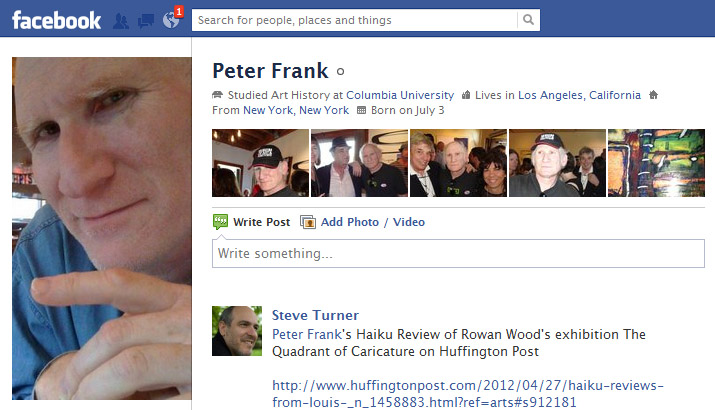
PETER FRANK
Art in the 21st century is everything art was in the 20th century, now affected by the pervasive presence, for better and worse, of digital media.
• up to top • down to comments •
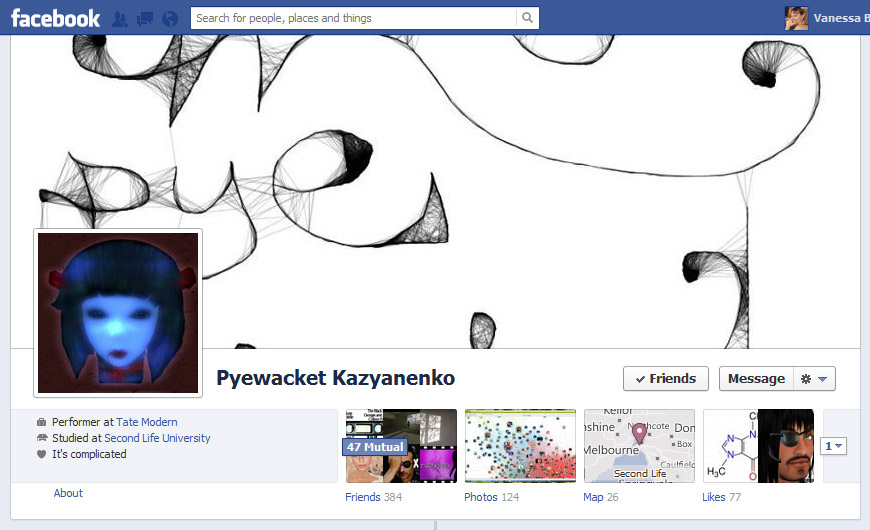
PYEWACKET KAZYANENKO
gosh
it depends how esoteric one wants to get
maybe: 20th century art was the realization, paving the way for the 21st Century artist to be free
you want more than one profound sentence maybe.
• up to top • down to comments •
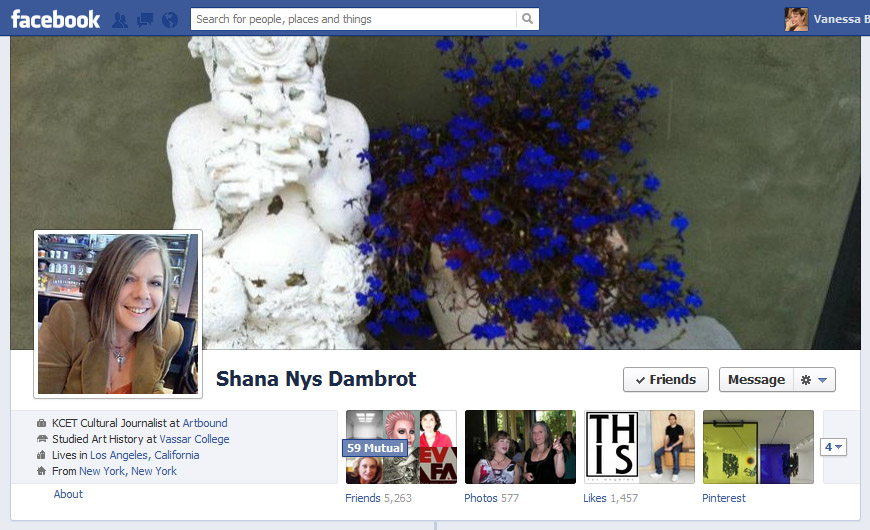
SHANA NYS DAMBROT
Hi Vanessa, it’s a great idea but I have to say — I’ve spent about 14 hours a day for the last 20 years trying to answer that question and it’s still unresolved. Also, I feel like all the tectonic shifts (like going from being about the world of objects to being about the world of ideas) happened in the late/middle 20th century and as of now that hasn’t evolved much more. I don’t think the 21st century itself is really about anything yet, much less its art… Don’t know if that helps or not! Cheers, SND
• up to top • down to comments •
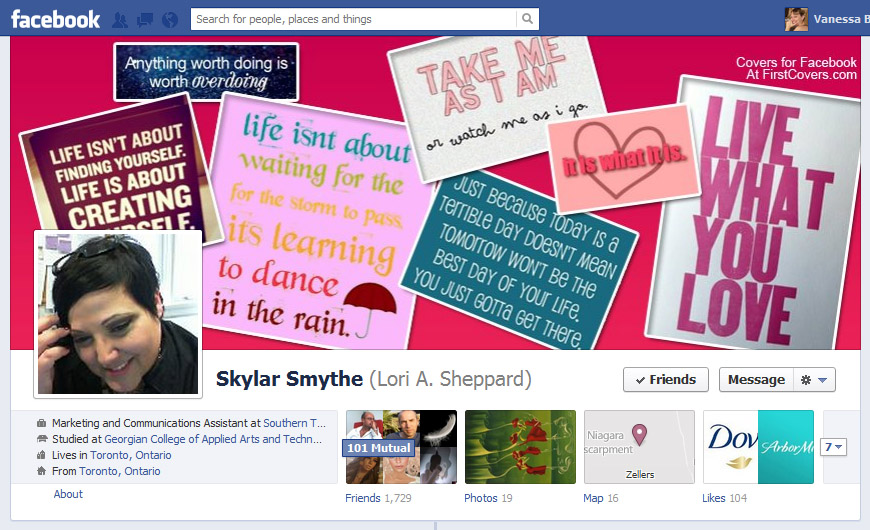
SKYLAR SMYTHE
The expression of humanity has become objet d’art again. Not what we have or what we own, how we look or any status other than our human state of being. Humanity is avant garde once more in expressions of our experience, tenderness and vulnerabilities. And I love it.
xx
• up to top • down to comments •
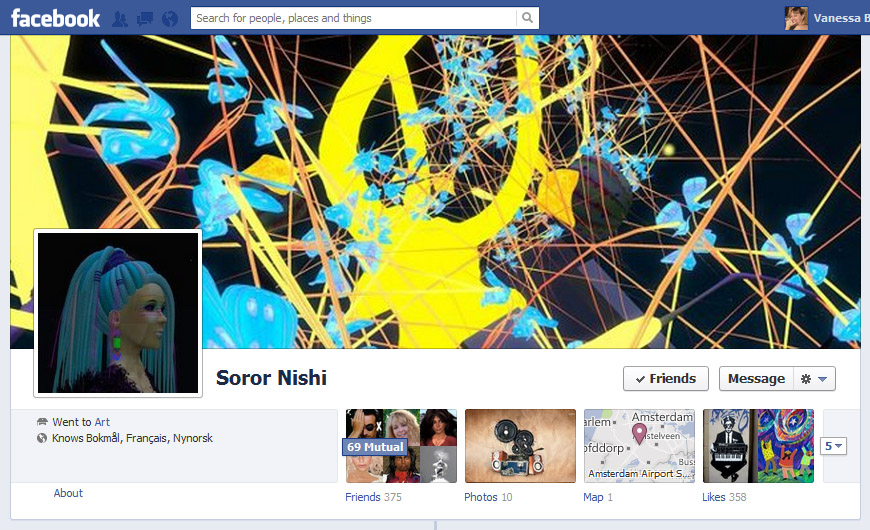
SOROR NISHI
I think Art is no different in this century, or, rather it should be no different. However, there is an Art Business which corrupts, in any century, where true art is hidden in favour of profitable art. Profitable art is promoted as true art because there are huge business interests behind it.
To define “what is art?” is the key. There are many answers to this and they are moulded by a persons culture (and business interests) … I’m sure most working artists would have their own definition.
My definition is quoted from the past “Art is the long, immense and deliberate derangement of the senses’ …[Rimaud] … I have not found a better one… yet.
Thanks for involving me.
soror.
• up to top • down to comments •
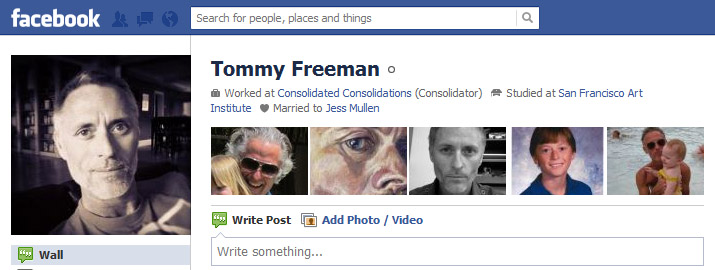
TOMMY FREEMAN
I would say the only difference is the century. Much of the same aesthetic, conceptual, and political concerns from last century are still the impetus for creative ventures in this century. One could argue that 9-11 changed things to a certain extent and that, that event, is a significant marker of some shift in more politically driven art work. But, in my opinion, a simple change in a number does not equal a drastic change in the cultural collective. If you look back to say, the turn of the last century, post impressionism was in full sway (among other “movements”) and continued despite the coming of January 1, 1900. The art of the 21st century will continue to be “different” just as the art at the beginning of the 20th century is drastically different from the art of the mid-century. In between were endless movements (minimalism, post minimalism, conceptual movements, pop, etc). That is without even mentioning how different cultures, continents, or gender biases create new, or perpetuate and/or erode, artistic traditions but in with a myriad of different approaches. As is typical of academia in the arts, there is an unfounded drive, in my opinion, to compartmentalize art into tidy periods based upon temporal boundaries. But this makes no sense given the fact that art is not a singular site of production, consumption, or cultural reflection. There are simply too many variables, influences, “types”, and genres, which often overlap, coalesce, or are completely divergent but contemporaneously exist to hang a label on a definite “section” of a time line and call it “this or that.” It looks good on a coffee table book though.
• up to top • down to comments •
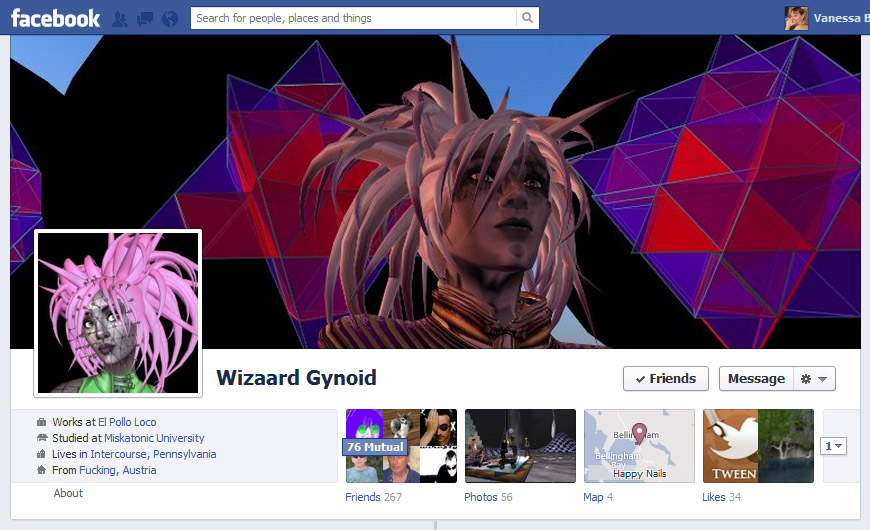
WIZAARD GYNOID
Art as an activity is still the same, probably since Aristotle described it. The only things that might be different are the tools and the time available for it, i.e. luxury time, that is a result of the information age.
• up to top • down to comments •
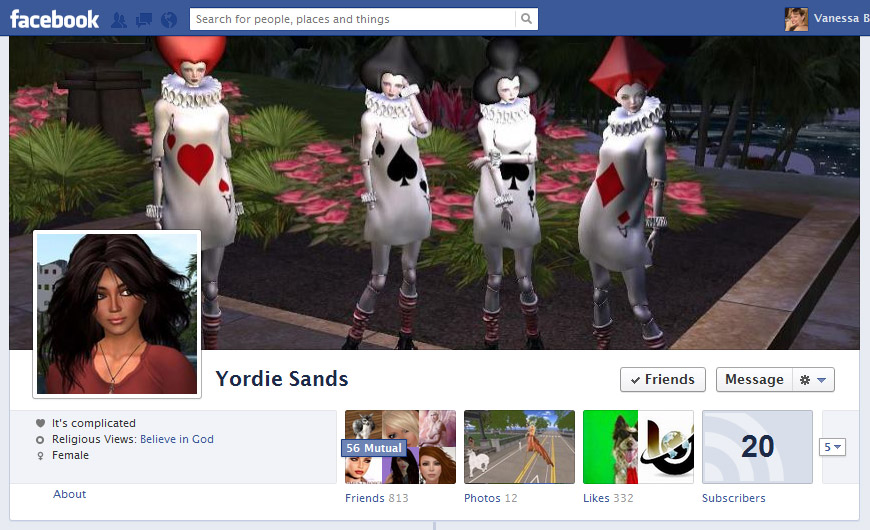
YORDIE SANDS
Hi Vanessa… I want to believe “Art” is the same in any century, but the media available for creating Art seems to increase with each century. For me, Art is a creation that stirs the imagination, and great Art can even transcend reality. In the final analysis though it still comes down to, I know it when I see it. hth… hugs
• up to top • down to comments •
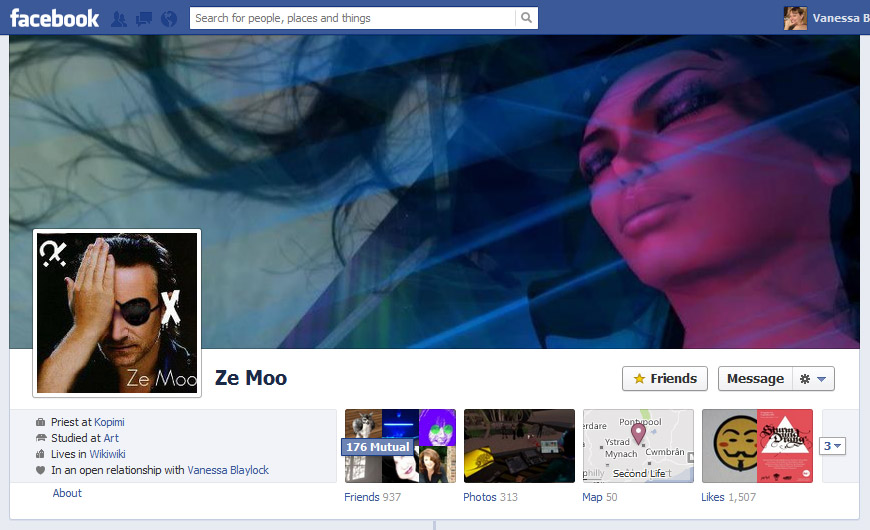
ZE MOO
“Art” in the 21st century is basically not different from “Art” in Any other century: Only in general the available amount of knowledge tools, creation tools & exhibition tools seem to expand in an accelerating pace, and so far slowly being ‘democratized’ as technology develops further.
This 21st technology of course infulences art, because artists get inspirations from things & people they could never have been inspired by before and the art reaches places and people that never could have been reached before and for instance ‘artists’ who would have been isolated, or not even ever have viewed themselves as ‘artists’ (they just do/create what feels naturally they must do/create) get confronted because of the internet that they are really artists
• up to top • down to comments •
click on a thumbnail below to enter “slide-show” mode and use arrow keys to scroll thru pix
• up to top • down to comments •
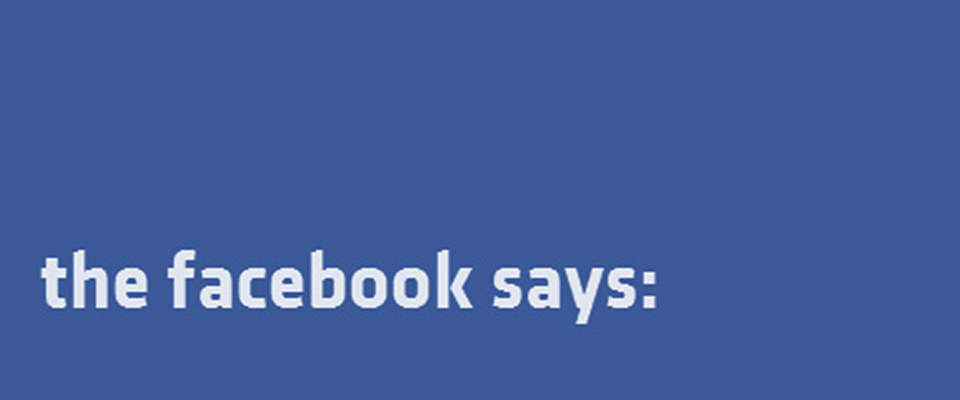


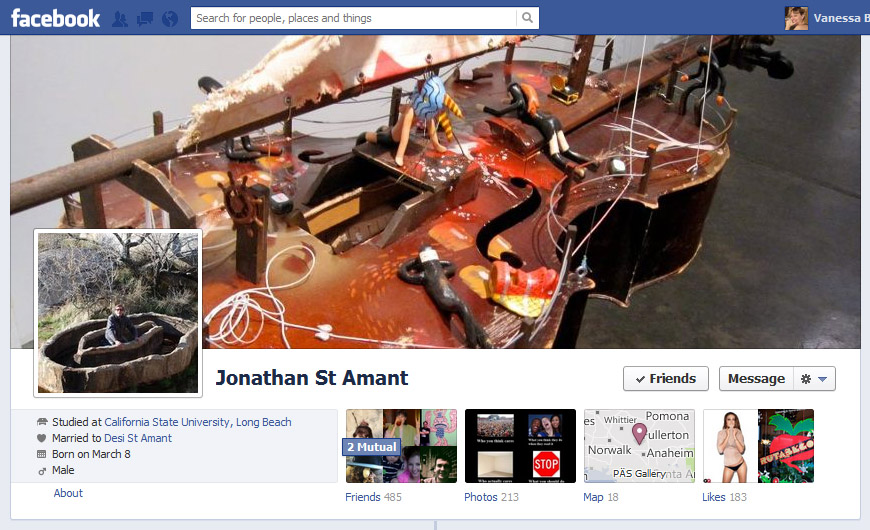







































10 thoughts on “The Facebook Says: Art”